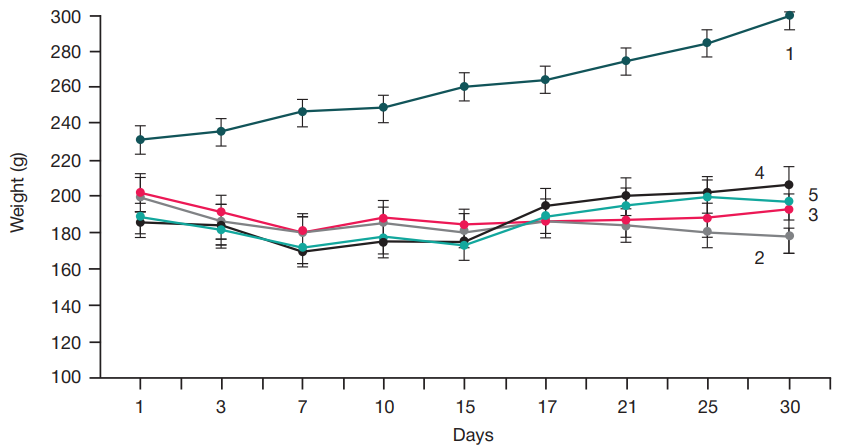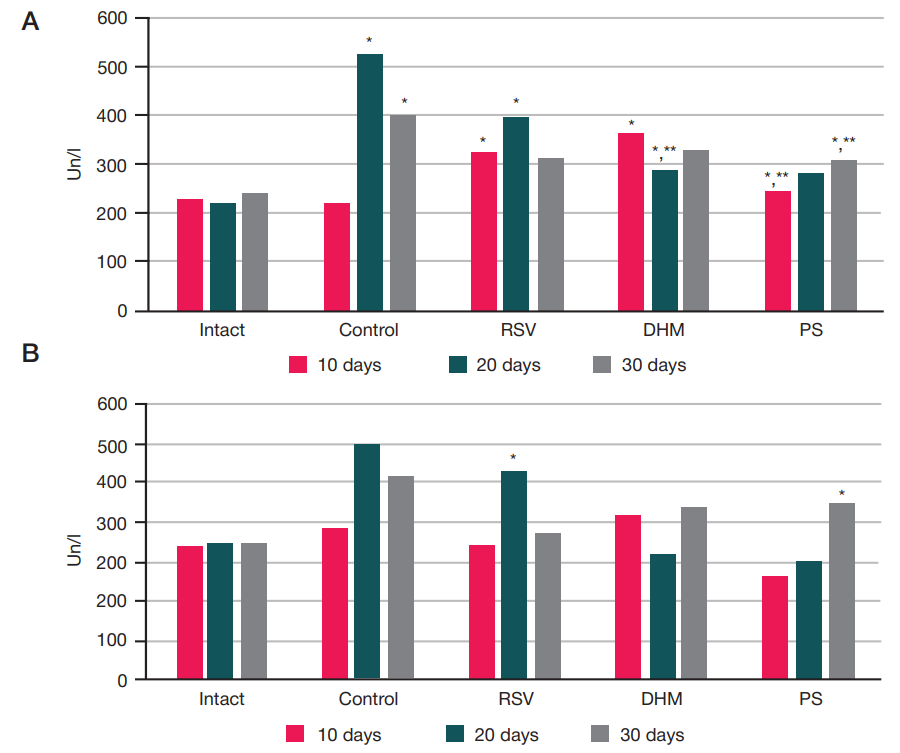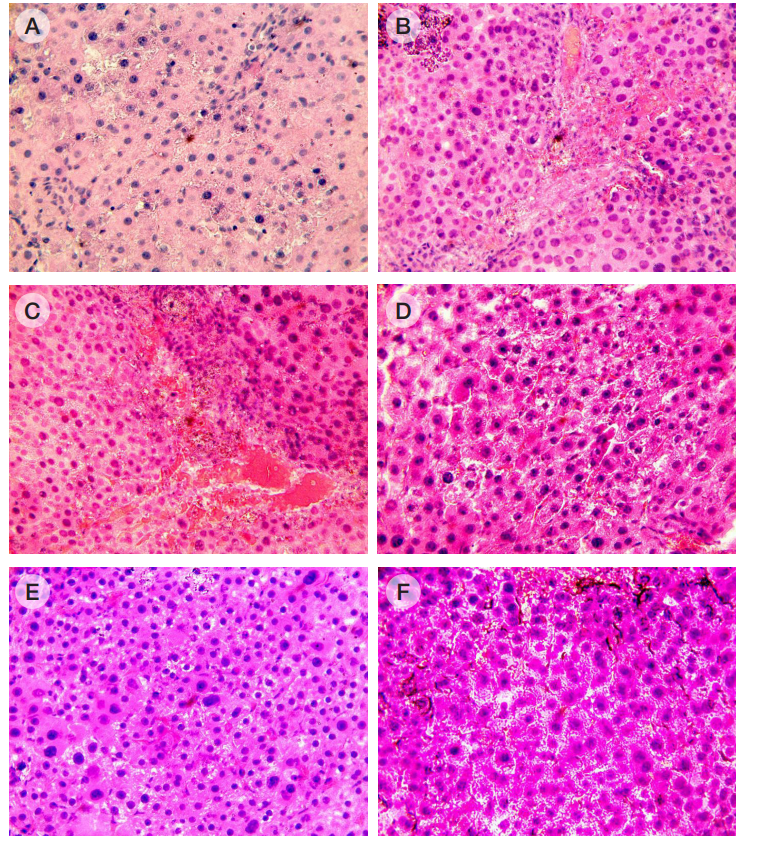
This article is an open access article distributed under the terms and conditions of the Creative Commons Attribution license (CC BY).
ORIGINAL RESEARCH
Hepatoprotective effect of polyphenols in rats with experimental thioacetamide-induced toxic liver pathology
1 Bach Institute of Biochemistry, Federal Research Centre “Fundamentals of Biotechnology” RAS, Moscow, Russia
2 Mendeleyev University of Chemical Technology of Russia, Moscow
3 Vavilov Institute of General Genetics, Moscow, Russia
Correspondence should be addressed: Maria S. Smirnova
Moskvina, 10–226, Khimki, Moscow Region, 141401; ur.ay@oktobrabm
Funding: the study was supported by the Ministry of Education and Science of the Russian Federation (agreement № 14.616.21.0083, unique project ID: RFMEFI61617X0083).
Acknowledgement: we thank to the Center for Precision Genome Editing and Genetic Technologies for Biomedicine (Moscow) for the genetic research methods.
Author contribution: Dergachova DI — conducting experiments on toxic hepatitis induction, histological analysis, manuscript draft preparation; Klein OI — histological studies, data acquisition and analysis; Marinichev AA — experiments on toxic hepatitis induction, blood sample collection from experimental animals, preparation of histological samples; Gessler NN — conducting experiments on toxic hepatitis induction, blood sample collection from experimental animals, data acquisition and analysis; Bogdanova ES, Smirnova MS — literature analysis, data acquisition and analysis; Isakova EP — conducting experiments on toxic hepatitis induction, literature analysis; Deryabina YI — experiment planning, literature analysis, data acquisition and analysis.




